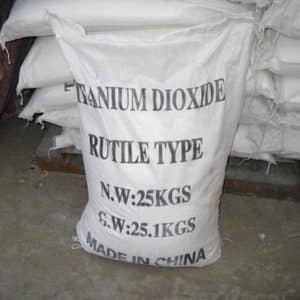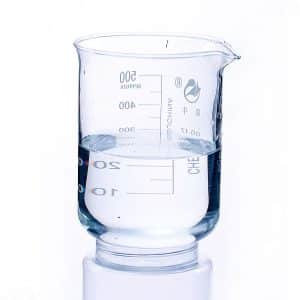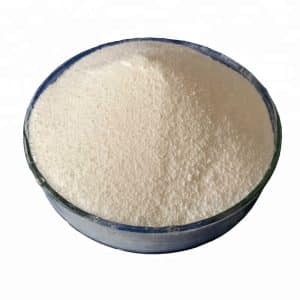Description
Malonaldehyde Tetramethyl Acetal: A Versatile Building Block with Diverse Applications
In the rich landscape of organic chemistry, certain compounds stand out not just for their structures but for their utility as versatile building blocks. Malonaldehyde tetramethyl acetal (1,1,3,3-Tetramethoxypropane) is one such molecule. This seemingly simple compound, with the molecular formula C₇H₁₆O₄, plays a surprisingly significant role in organic synthesis and related fields. Let’s delve into its structure, properties, and applications.
A Look Inside: Structure and Properties
Malonaldehyde tetramethyl acetal, often abbreviated as MTMP or simply malonaldehyde acetal, is essentially a masked form of malonaldehyde (propanedial), a highly reactive and unstable dialdehyde. The key to its stability lies in the four methoxy groups (-OCH₃) attached to the central carbon atoms. These methoxy groups form acetal functionalities, protecting the reactive aldehyde groups of malonaldehyde from unwanted reactions.
This acetal protection renders MTMP a stable, colorless liquid at room temperature, making it vastly easier to handle and store compared to malonaldehyde itself. Its molecular weight is 164.2 g/mol, and its boiling point is around 166°C. While relatively inert in its protected form, MTMP readily undergoes hydrolysis under acidic conditions, reverting to the highly reactive malonaldehyde and methanol.
Unlocking Reactivity: Hydrolysis and its Significance
The real power of malonaldehyde tetramethyl acetal stems from its ability to be readily converted back into malonaldehyde. This controlled release of malonaldehyde, achieved through acidic hydrolysis, makes MTMP a convenient and versatile reagent for a wide range of chemical reactions.
The generation of malonaldehyde in situ avoids the problems associated with its handling and storage. This allows chemists to utilize the reactivity of malonaldehyde in a plethora of synthetic strategies.
Applications: A Diverse Toolkit
The versatility of malonaldehyde tetramethyl acetal is reflected in its broad range of applications across various fields:
Organic Synthesis: MTMP is a crucial building block for synthesizing a wide array of heterocyclic compounds. It’s particularly important in the preparation of pyrimidines, pyridines, and other nitrogen-containing rings, common motifs in pharmaceuticals, agrochemicals, and materials science.
Pharmaceutical Chemistry: The formation of biologically active heterocycles from MTMP is central to the development of new drugs. Its ability to introduce key structural elements makes it invaluable in medicinal chemistry.
Polymer Chemistry: MTMP can be used as a monomer or a cross-linking agent in the synthesis of specialized polymers. The resulting polymers can exhibit specific properties, such as enhanced stability or unique optical characteristics.
Materials Science: The controlled release of malonaldehyde from MTMP can be used to produce functional materials with specific characteristics, for example in the synthesis of metal-organic frameworks (MOFs).
Biochemistry and Diagnostics: Malonaldehyde is a known product of lipid peroxidation, a process involved in oxidative stress. MTMP can be used as a standard in research to quantify malonaldehyde produced in biological systems and for diagnostic assay development.
Advantages of Using Malonaldehyde Tetramethyl Acetal
Compared to directly using malonaldehyde, the acetal derivative MTMP offers several advantages:
Stability: MTMP is stable and easy to handle, unlike unstable and reactive malonaldehyde.
Convenience: It is a liquid at room temperature, making it simple to measure and use.
Controlled Reactivity: The release of malonaldehyde is controlled by acidic hydrolysis, allowing for more precise reactions.
Versatility: MTMP can function as a building block or a reagent, depending on the desired synthetic outcome.
Future Directions and Conclusion
The properties and applications of malonaldehyde tetramethyl acetal continue to fuel research efforts across diverse scientific disciplines. As chemists explore new synthetic methodologies, the versatility and controlled release capabilities offered by MTMP are likely to contribute to further advancements in pharmaceuticals, materials science, and beyond. This unassuming, protected dialdehyde stands as a powerful testament to how subtle modifications in molecular structure can lead to profound impacts in chemical synthesis and related research fields. Its continued utilization promises to unlock many more possibilities in the fascinating world of molecular transformations.







Reviews
There are no reviews yet.